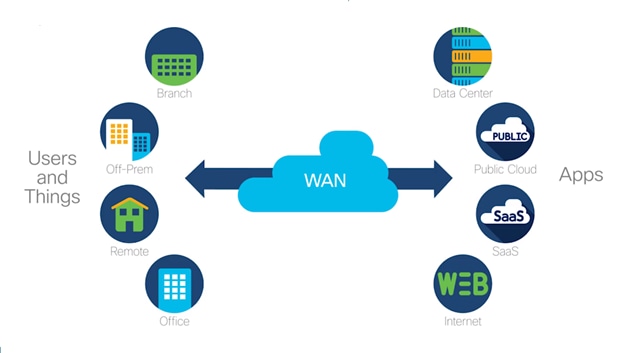Executive Summary – Network architecture
Executive Summary – Network architecture
Network architecture depicts how network services and devices are integrated to connect the needs of client devices and applications. Organizations have unique network architectures, but in most, the basic model is client-server architectures, especially those providing services like bank systems. Data is shared through the network, prompting organizations to ensure network security to ensure consumer and organizational data’s confidentiality, integrity, and availability, which faces an increasing threat from cyber theft and other illegal accesses. JP Morgan Chase is a financial institution based in the US that collects and maintains personal information, including names, email addresses, mailing addresses, telephone numbers, account numbers, location information, such as zip code, and user name and password for online services, payment card information, Social Security numbers, driver’s license numbers, and gender, race, nationality, and biometric data. This information needs protection from unauthorized access, considering that banks are a lucrative target for cyber-attacks. (Executive Summary – Network architecture)

JP Morgan Chase adopts a client-server architecture that allows clients to access shared files, which are centralized. The client-server architecture ensures high-speed operations, considering the bank serves thousands of customers daily. Centralization with a backup also ensures more control of data and processes. The architecture includes interrelated workstations, servers, and networking devices. JPMorgan Chase & Co has a data mesh architecture aligning its data technology with its data product strategy. To protect the network and data stored and shared through the network, a network security policy determines access to resources and highlights security profiles, passwords, email policy, internet access, antivirus, backup, system patches, remote access, and intrusion detection protocol. The organization also maintains digital evidence for forensic analysis through digital evidence controls and computer forensic tools. To enhance network security, the organization is recommended to adopt network security best practices, including understanding the OSI Model, different types of network devices, network defenses, network segregation, proper placement of security devices, network address translation, avoiding disabling personal firewalls, centralized logging, and immediate log analysis. Corrective measures will help JP Morgan Chase mitigate the risks of threats that could affect the system’s confidentiality, integrity, or availability, security policies, and anti-forensic techniques. (Executive Summary – Network architecture)
References
https://www.slideshare.net/slideshow/enterprise-architecture-jp-morgan-chase/9945296



